Fieldwork
This listing expired on June 1, 2018. Please contact enq-cfa@uwa.edu.au for any updated information.
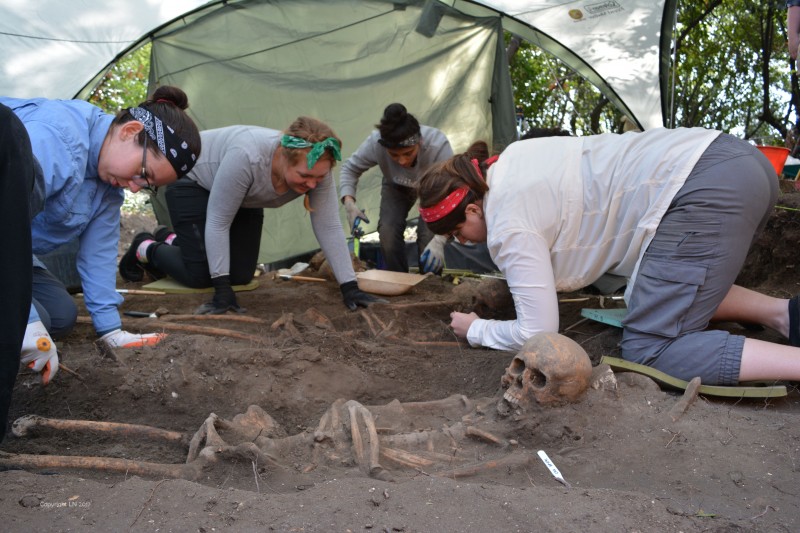
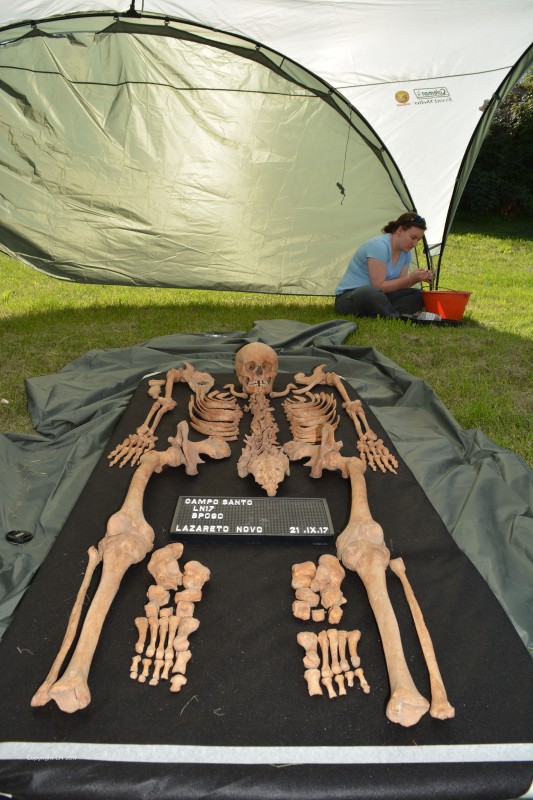
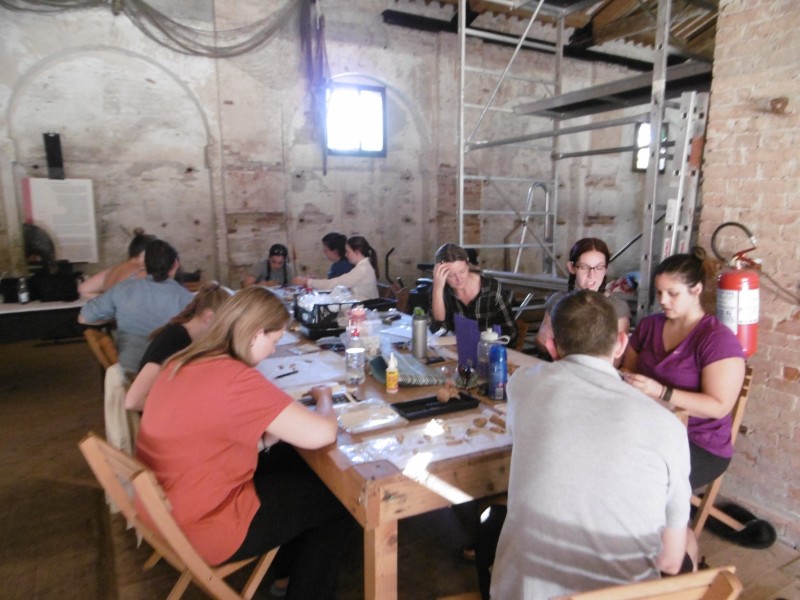
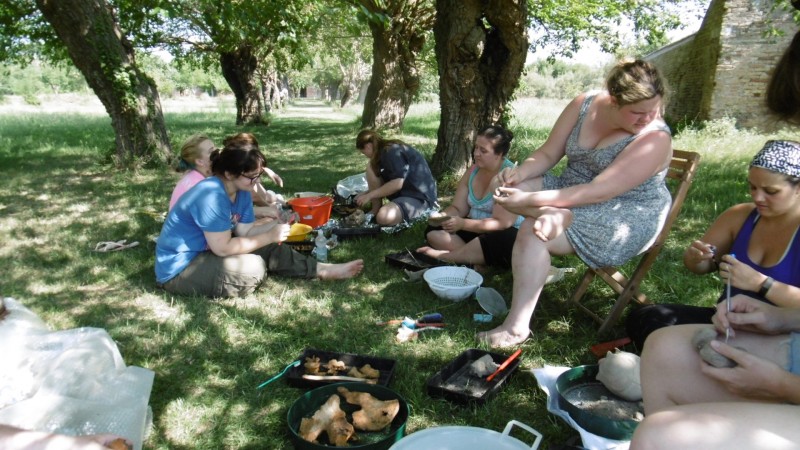
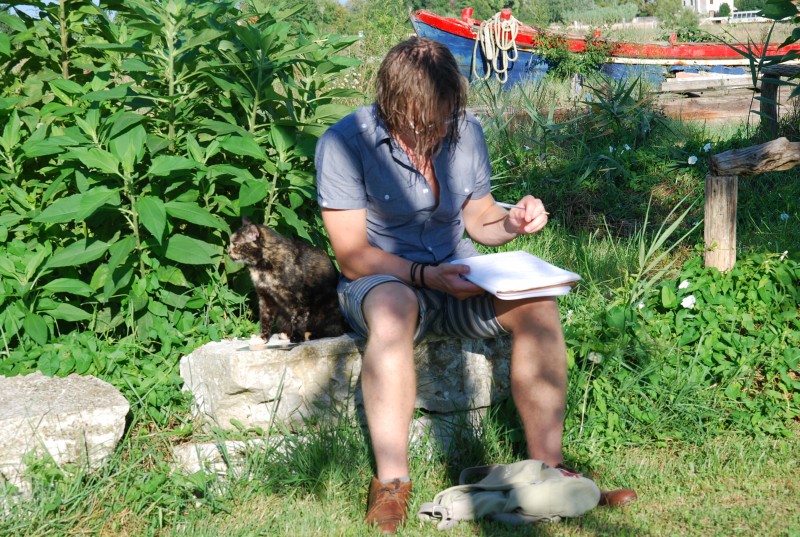
Location: Venice, VE, IT
Season: June 4, 2018 to June 23, 2018
Application Deadline: April 30, 2018
Website: http://www.socialsciences.uwa.edu.au/ourresearch/cfa
Program Type:
Field school
RPA Certified:
no
Affiliation:
The University of Western Australia & Archeoclub Venezia
Project Director:
Ambika Flavel The University of Western Australia
Project Description:
Lazzaretto Nuovo is an island located approximately 3km northeast of Venice (Italy), at the entrance of the lagoon. Archaeological finds bear testimony to human occupation since the Bronze Age, while the first written document, in which a notarial deed refers to the island as “Vigna Murada” (Walled Vineyard), dates to 1015 AD. In the Middle Ages, it was owned by the monks of San Giorgio Maggiore who erected a church dedicated to San Bartolomeo.
Venice, a marine port and naval base for an economy based on trade between Europe and the Orient, was the point of arrival and departure of merchant ships. La Serenissima was therefore susceptible to the dangers of unknown and incurable diseases, in particular the plague. In 1456 an island was established as a lazaret (named after the patron saint of lepers and hospitals) for incoming shipments of merchandise from the East. In 1468, by decree of the Senate, a second island was established as a quarantine station for maritime travellers and later upgraded to include a quarantine hospital as the existing lazaret was filled to capacity. Lazzaretto Nuovo therefore became a quarantine post for ships arriving from various ports of the Mediterranean, suspected of carrying the plague. Many buildings were erected to improve the efficiency of the new lazaret. Large sheds (teze) were used for quarantine and decontamination of the goods; most commonly fumigation with aromatic herbs like juniper and rosemary leaves.
Excavations at Lazzaretto Nuovo provide participants with an opportunity to excavate human skeletal remains of men, women and children from the “Camposanto” walled cemetery, dating to the 14th-17th centuries. The field season includes exhumation (locating, cleaning, documenting and lifting skeletal remains) and site recording (mapping and drawing). In addition, daily laboratory sessions to undertake a detailed study of the skeleton (biological sex, age, stature, pathologies and individuating characteristics) as well as personal items associated with the burials.
As archaeological and anthropological post-excavation analysis is undertaken on location, this is a perfect opportunity to experience the continuous two-way flow of information between the field and laboratory, as well as benefit from close interaction between archaeological and anthropological practitioners.
Period(s) of Occupation: 16th Century
Notes:
Plague grave
Project Size: 1-24 participants
Minimum Age: 18
Experience Required: Final year undergraduates and postgraduates students reading in archaeology, physical anthropology or related disciplines are invited to apply. Applicants must supply a letter of recommendation and curriculum vitae with the application form.
Room and Board Arrangements:
Accommodation is provided for the evenings of June 3rd – 23rd inclusive. We recommend you arrive in Venice at least by the evening of Saturday June 3rd. Participants will be housed in separate male/female dormitory accommodation and you will be required to bring a set of single sheets and pillowcase with you. Separate male/female shower and toilet facilities are available. Cost: The three-week field season fee of $3300 Australian dollars includes meals and dormitory accommodation for the duration of the field season. A personal take-home field kit is included. Participants must arrange insurance, international flights, and travel documents at their own cost.
Ambika Flavel
The University of Western Australia
Crawley
WA
6009
Australia
The AIA is North America's largest and oldest nonprofit organization dedicated to archaeology. The Institute advances awareness, education, fieldwork, preservation, publication, and research of archaeological sites and cultural heritage throughout the world. Your contribution makes a difference.